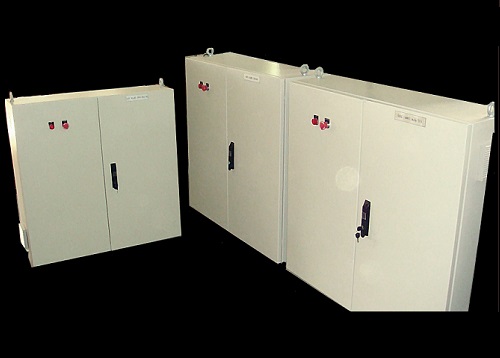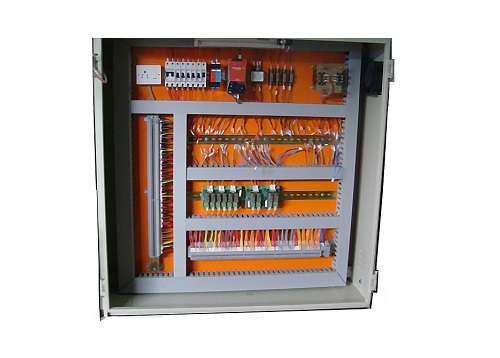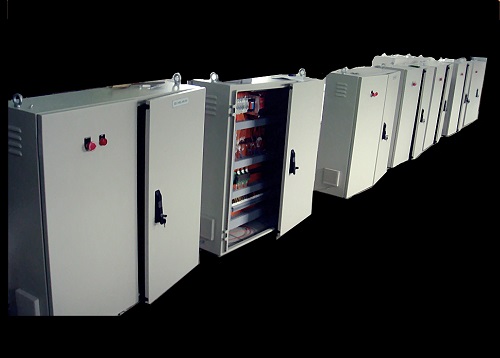Overview
Central controllers and most terminal unit controllers are programmable, meaning the direct digital control program code may be customized for the intended use. The program features include time schedules, setpoints, controllers, logic, timers, trend logs, and alarms. The unit controllers typically have analog and digital inputs, that allow measurement of the variable (temperature, humidity, or pressure) and analog and digital outputs for control of the medium (hot/cold water and/or steam). Digital inputs are typically (dry) contacts from a control device, and analog inputs are typically a voltage or current measurement from a variable (temperature, humidity, velocity, or pressure) sensing device. Digital outputs are typically relay contacts used to start and stop equipment, and analog outputs are typically voltage or current signals to control the movement of the medium (air/water/steam) control devices. Usually abbreviated as “DDC”.
Data communication
When DDC controllers are networked together they can share information through a data bus. The control system may speak ‘proprietary’ or ‘open protocol’ language to communicate on the data bus. Examples of open protocol language are BACnet (Building Automation Control Network), LON (Echelon), Modbus.
Integration
When different DDC data networks are linked together they can be controlled from a shared platform. This platform can then share information from one language to another. For example, LON controller could share a temperature value with a BACnet controller. The integration platform can not only make information shareable, but can interact with all the devices. Most of the integration platforms are either a PC or a network appliance. In many cases, the HMI (human machine interface) or SCADA (Supervisory Control And Data Acquisition) are part of it. OPC (Open Connectivity) server technology used when direct connectivity is not possible.



